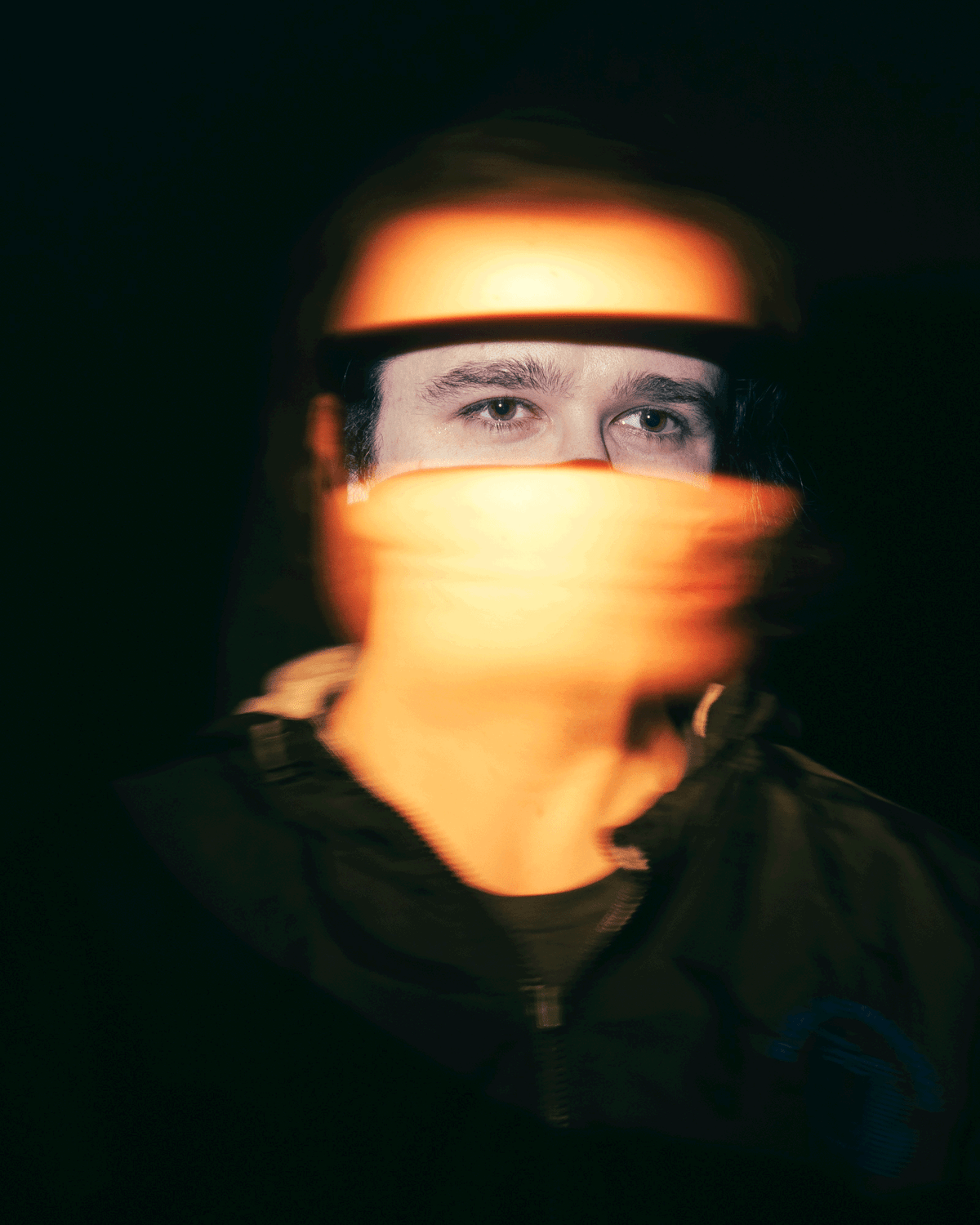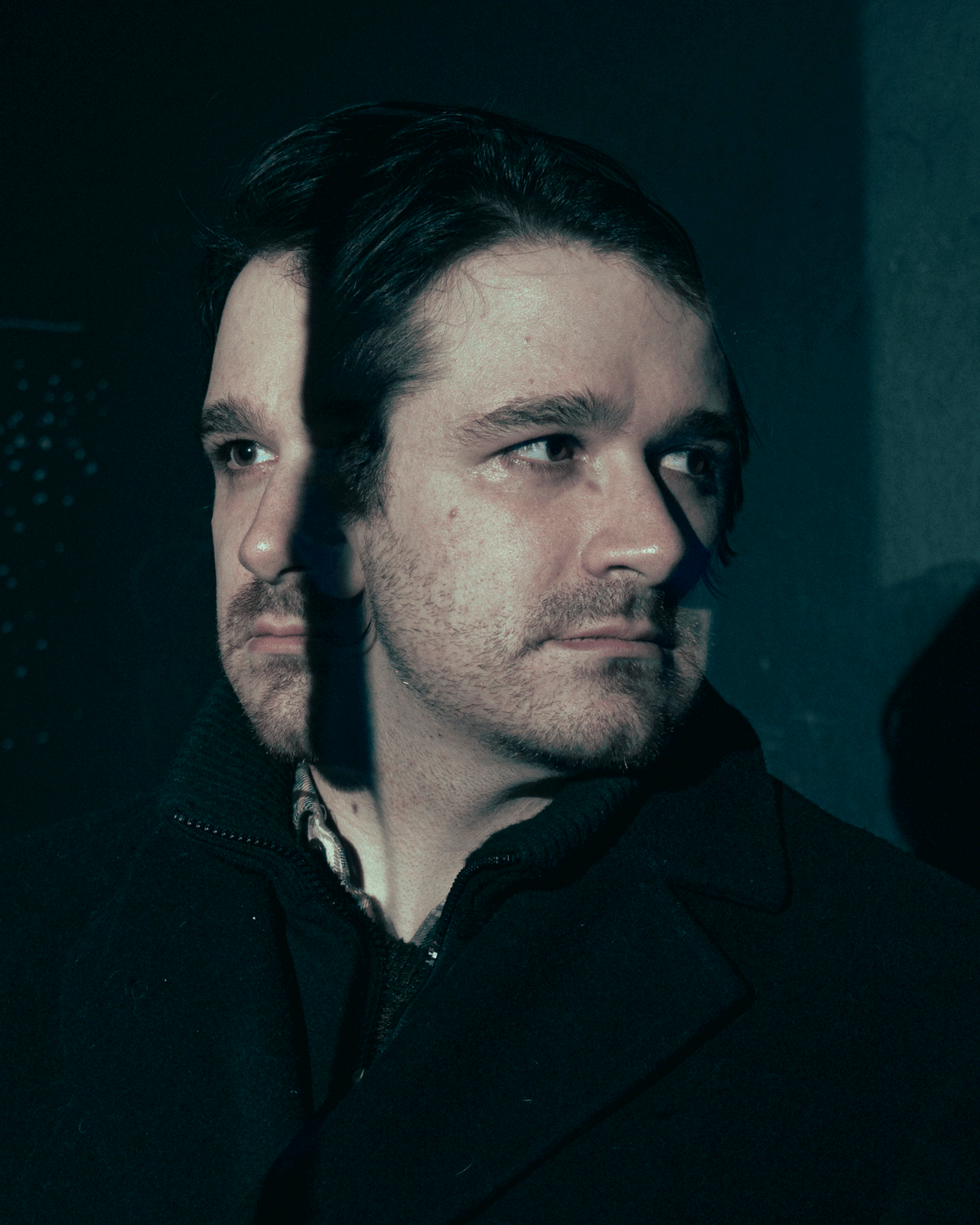Thank you guys so much!
This is super cool; I've always enjoyed analogue holography! (You never see it anymore!) I'd love to hear more details about your setup!
Thank you, man! And thanks for the links! I think in the holographic community, a lenticular print of this would be categorized as "fauxlography," haha. True holography with lasers is way beyond what I'm capable of at the moment - but something I'm very interested in, maybe in the future! I've seen some true holographs on display in a museum and they were just so amazing!
I do plan on printing these! I probably shouldn't even call it lenticular yet, not until I have interlaced the images, print them, and place lenticular lens sheets on top. I'm really looking forward to that. I want to print on some heavyweight paper, deboss the area of the paper where the image is printed, fit the lenticular sheet on top, and then emboss my logo below it. I think it will look really nifty!
I've heard of the Lytro, really interesting camera, haven't gotten a chance to play with them yet.
With my current direction, I want to create an album with lenticular prints and soundtracks to match each print. I still have quite a few steps ahead of me before that point.
Some details of my rig - 7 old 12 megapixel dslrs with kit lenses mounted on L brackets that screw onto clamps, which are clamped onto a boom arm held up by two metal light stands on wheels. It's really low budget for this kind of set up (I think I'm south of $1,500 on this setup). Each camera is plugged into an Esper Triggerbox, and I have a corded shutter release to trigger them. This will capture 7 frames.
If you pause the animation and look at a single frame, you'll see all that weirdness from the overlapping faces. I'm using optical snoots with gobo inserts that I printed at home, this allows me to be very selective and exacting with my lighting. I light half the face with one light, half the face with the other light, fire the lights at separate moments over the course of 10 seconds, ask the model to turn their head slightly in between the firing of those two strobes, and you end up with that crazy "double exposure" looking photograph (traditionally, double exposure would refer to more than one photographic exposure, but the camera's shutter only opens and closes once). You multiply that process by the number of cameras you're using, and you get this crazy thing.
also, two more test shots (may take a moment to load) ~






 Posts & Arts: 75/1k.beats
Posts & Arts: 75/1k.beats

 Websites are like whispers in the night
Websites are like whispers in the night 










 Author
Author












